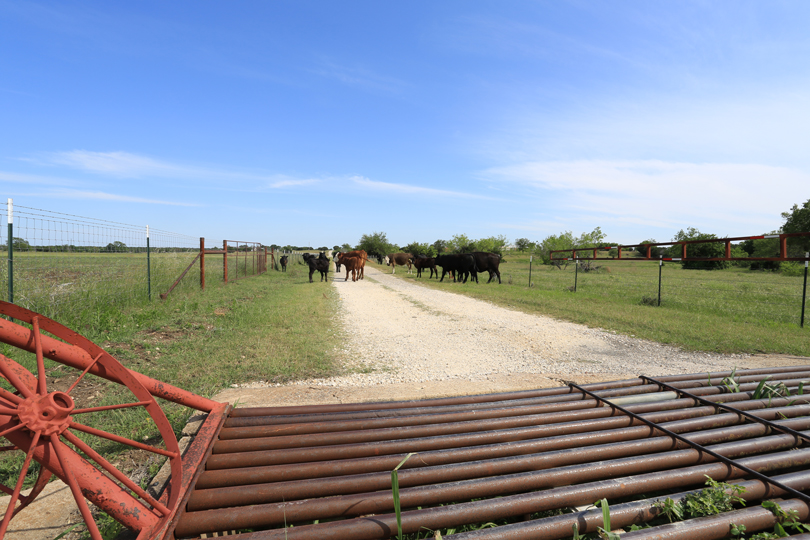By Justin Walker
Communications Specialist
A new tool for calculating agricultural leasing rates is available to Texas landowners, according to AgriLife Today.
Tiffany Dowell Lashmet, an agricultural law specialist with Texas A&M AgriLife Extension Service, published a fact sheet with several free resources for Texas landowners.
“One of the most common questions I am asked is how much a person should charge, if they are a landowner, or pay if they are the tenant, for an agricultural lease,” Lashmet said.
The fact sheet, “Negotiating a Fair Cash Lease Rate in Texas,” gives landowners a list of resources for information related to average lease rates across the state.
“The best information usually comes from other landowners, livestock producers, the local AgriLife Extension county agent or range specialist—people with the latest information about conditions in the area who can help evaluate factors such as the amount and quality of forage, fences and water,” Lashmet said. “Visiting with these people is a good first step when determining a fair lease rate.”
Landowners and potential tenants can search through information from the U.S. Department of Agriculture’s (USDA) National Agricultural Statistic Service (NASS) reports, the Texas Rural Land Value Trends or the Texas A&M AgriLife Extension Service’s agricultural economics budget.
The fact sheet gives a summary of the service each group provides and how landowners and tenants can access and utilize each resource, Lashmet said.
“Leasing land can be beneficial to both landowners and livestock operators,” Lashmet said. “Parties looking to determine fair lease rates should consider the numbers reported by these various agencies. However, the right lease rate for any piece of property is the one the tenant and landowner can agree upon, regardless of what the statistics say.”
Click here to access the fact sheet.


Hats off to this Cowboy for giving some good info.
{ might shoud give some major credit to Brazos Walker’s contribution to this report,..}
Cheers,
Uncle
Larry
I could not get the links to the Facts sheet to work.
Hi James. Here’s the link: https://agrilife.org/texasaglaw/files/2018/03/Negotiating-a-Fair-Cash-Lease-Rate-in-Texas.pdf.